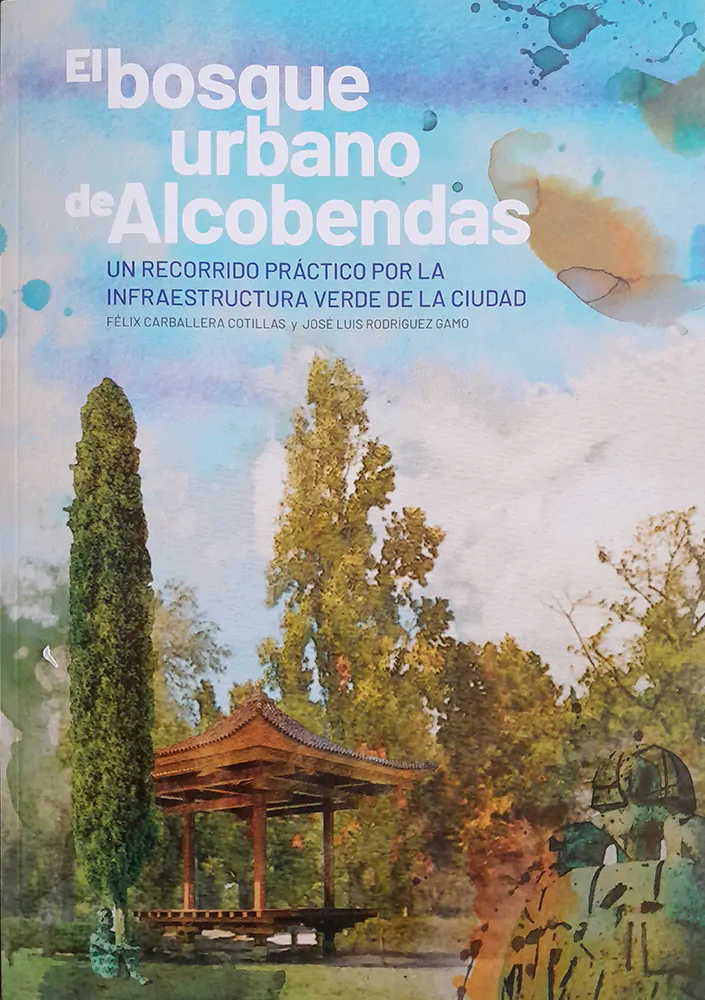
19/05/2025
“Un recorrido práctico por la infraestructura verde de la ciudad” (“A practical journey through the city’s green infrastructure): this is how engineers and authors Félix Carballera and José Luis Rodríguez describe their latest work, El bosque urbano de Alcobendas. Althenia Sando has collaborated on this publication, which delves into the green heritage of this municipality in the Madrid region, with a particular focus on the ecosystem services provided by its forested areas.
The book highlights the value of the city’s green spaces, which encompass 1.8 million square metres. The title “urban forest” refers to a term coined by the FAO (Food and Agriculture Organization of the United Nations), used to define the natural, semi-natural and ornamental ecosystems within cities that form part of their urban infrastructure.
The volume offers compelling data about Alcobendas’ forest coverage—such as the fact that green spaces occupy 67% of the city’s area, there are 41,600 trees, and more than 2,500 square metres of floral beds. This equates to around 15 square metres of green space and 0.35 trees per inhabitant.
One of the central themes of the book is the importance of maintaining and conserving green areas. According to the authors, investing in green infrastructure is key to “positively evolving our urban green framework” and delivering long-term benefits in terms of public well-being.
As a company specialising in environmental services, Althenia Sando implements sustainable management practices in the maintenance of green and forested areas. Its work in both natural and urban environments supports environmental protection and enhances quality of life—fully aligned with the Sustainable Development Goals and the 2030 Agenda.
One recent initiative saw Althenia Sando create a new 1,370-metre green corridor along the Arroyo de la Vega in Alcobendas—an intervention aimed at promoting sustainable urban development.